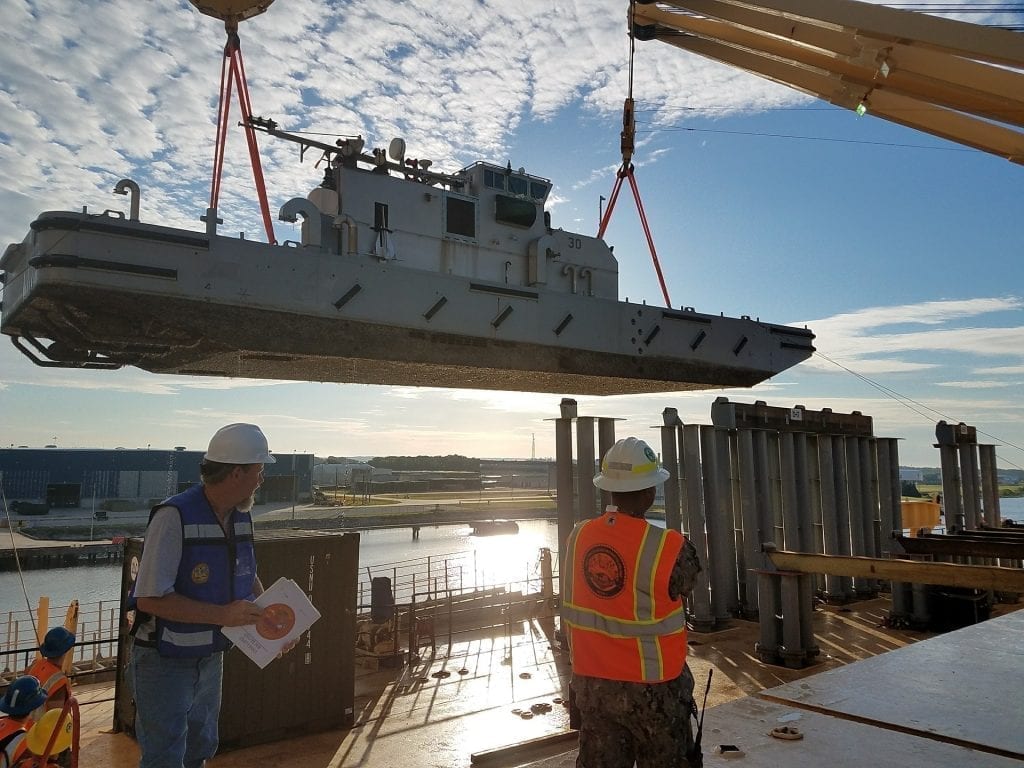No products in the cart.
Straps
Nominal load capacity: what are the most suitable lifting straps?
If you are involved in reselling lifting straps, you know that customer requirements go far beyond the nominal load capacity.
After all, the best products are not only those that allow you to lift large amounts of weight, but they are also those that add more safety and convenience to their users’ operations.
Therefore, to ensure consumer satisfaction, it is important to guide them to the most recommended straps for each work type and also on the main cares so that the equipment is risk-free and has maximum durability.
With this in mind, we prepared this content with some important recommendations on the nominal load capacity, what to prioritize when choosing the lifting straps and the exclusive differentials offered by Robustec in the area.
Take a look at these safety tips on the rated load capacity of tapes.
When we talk about nominal load capacity, we refer to the maximum weight that the equipment can support at a certain height and load center.
In this sense, for the lifting straps to be used safely and have greater durability, it is essential to follow all the guidelines provided by the manufacturer.
In addition, some cares should also be observed, such as:
- Never knot or twist the straps, as this can reduce the nominal load capacity by more than half;
- Do not amend the straps. Always use shackles or connectors;
- The load must always be evenly distributed;
- Before lifting the load completely, it is first necessary to lift it a few centimeters from the ground, to ensure that the fixation is secure and that the tension on the belt is correct;
- When using hooks, it should never be done from the tip. The strap should be supported in its center.
With these well-defined precautions, the rated nominal load capacity will be respected and users will have no trouble using the strap.
However, as we mentioned in the introduction, this is not the only point to consider when buying a good equipment. Next, find out what are the main differentials present in the best lifting straps.
Learn how to determine the best lifting straps
In general, the best lifting straps are those with the highest nominal load capacity. However, benefit is not viable if it is not accompanied by:
- Possibility for multiple applications;
- Easy handling;
- Hooks presence;
- Excellent manufacturing materials;
- Heat treatment on the hooks;
- Coated eyelets;
- Longer service life;
- Total security and practicality for operations;
- Wide resistance to environmental and weather conditions.
With these requirements in mind, see in the next section why Robustec’s lifting straps stand out from the rest.
See the Robustec’s lifting straps advantages
With one of the highest nominal load capacities on the market, Robustec’s lifting straps stand out for their quality and high manufacturing standards.
In addition, they have very important differentials to give more versatility, safety and practicality to operations, including:
- Different applications types for the most diverse segments, with emphasis on civil construction and the automotive, metallurgical and port industries;
- 100% polyester material, manufactured with high technology and resistance;
- Possibility of manufacturing according to customer’s needs;
- Safety factor 5 times greater than its own capacity in the Sling model;
- Protected eyelets at the and made in double or quadruple layers, guaranteeing excellent service life;
- In cases of special needs, it is possible to adapt the eyelet according to its function;
- The strap hooks forged, heat treated and subsequently painted, which guarantees maximum resistance to weather conditions.
Finally, it is worth highlighting that all Robustec’s lifting straps have a safety factor of 7: 1 and 5: 1 and are produced under the ABNT NBR 15637-1 standard parameters.
If you want to enjoy all these differentials and continue to have the best nominal load capacity, click here and see our complete catalog.


